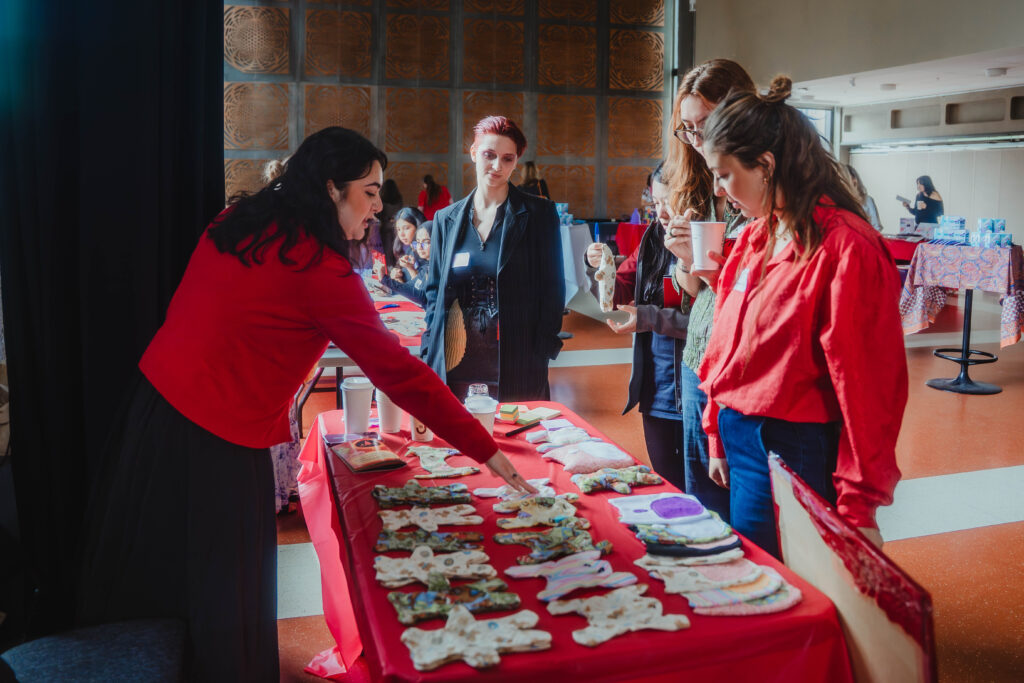The fight for menstrual equity has come a long way from simply asking for free tampons in school bathrooms. Today’s movement is about so much more—it’s about justice, inclusion, and challenging the systems that create barriers for people who menstruate.
Last month, Monthly Dignity, Concordia University, and Douglas College collaborated to host the second annual “Periods on Campus” Symposium, which took place at McGill University, bringing together activists, researchers, entrepreneurs, and students to share what they’ve learned and where we’re headed next (1). As advocates working in Montreal’s community, we wanted to share some key takeaways that can strengthen our collective work (2).
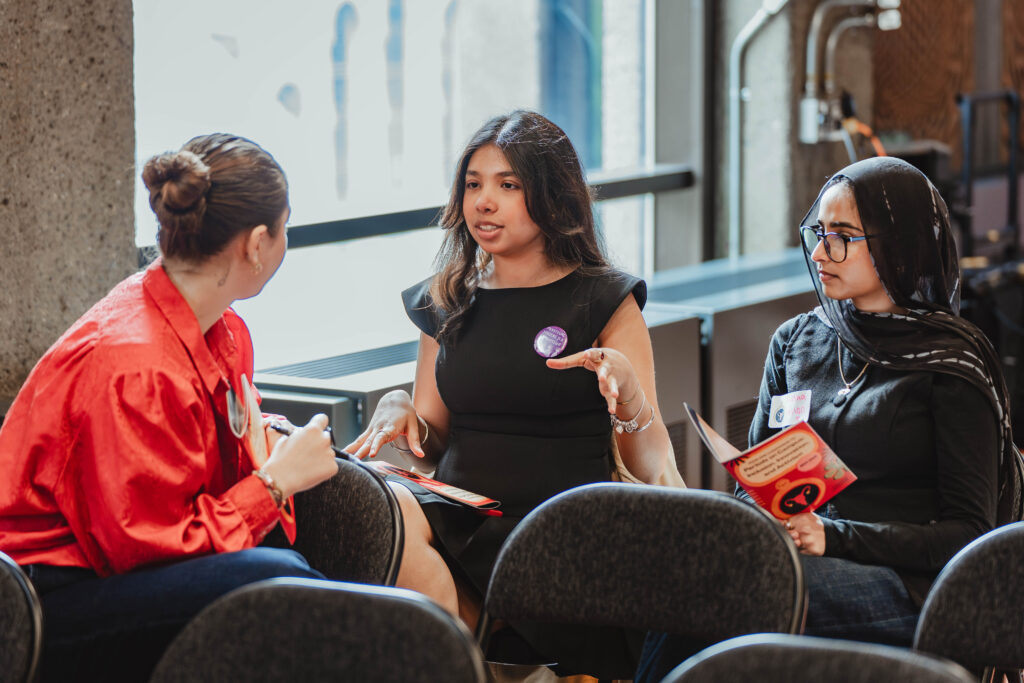
Every Body Deserves Dignity
One of the most powerful themes was how advocates are working to ensure that, as the menstrual equity movement grows, it centers all menstruators..
This is an important theme as trans and non-binary folks face unique challenges accessing menstrual products and healthcare. Dr. Elgin Pecjak’s research showed how traditional approaches often make trans menstruators invisible (3). This isn’t just about language—it’s about ensuring our programs and spaces are genuinely welcoming to everyone who menstruates.
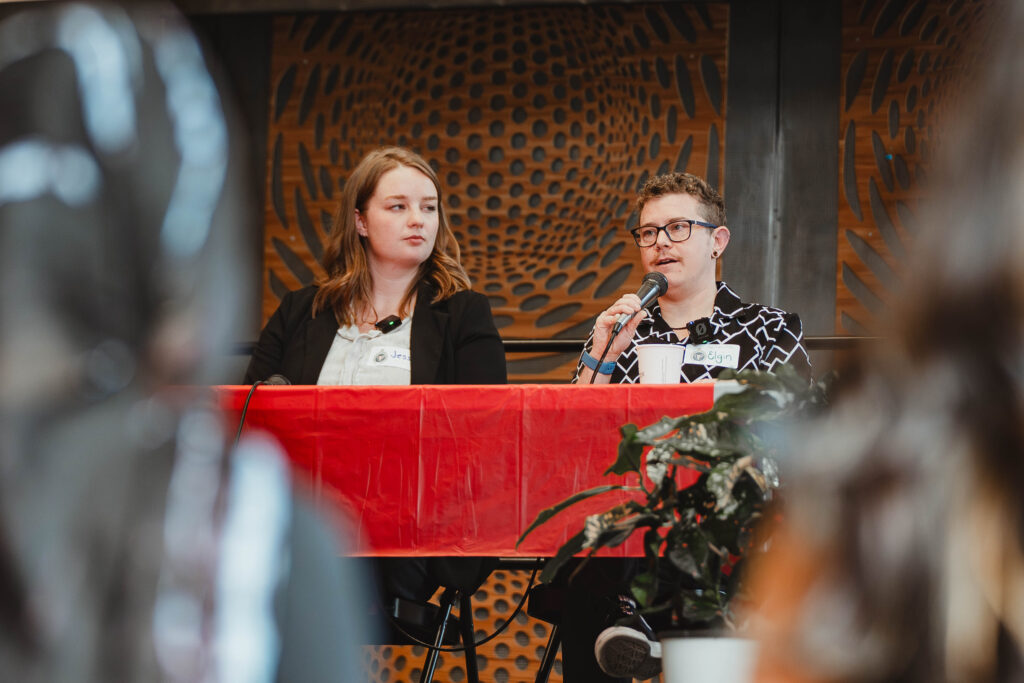
When it comes to welcoming everyone who menstruates, we also need to meaningfully consider that people with disabilities need more than just physical access to products. Jessie Funk’s work revealed that true equity means considering cognitive accessibility, motor function, and sensory needs (4).Similarly, Holly Johnston’s creation of ASL videos for deaf and hard-of-hearing menstruators highlighted how language accessibility is equally crucial—these communities often lack access to menstrual health education in their own language (5). Together, these examples show us that inclusion requires proactive effort across multiple dimensions of accessibility, not just good intentions.
Beyond accessibility considerations, the symposium also highlighted how cultural barriers vary across communities. Diana Palacios Diaz, who works with Latin American communities, reminded us that effective outreach requires understanding how different cultures experience menstrual stigma (6).
Innovation That Centers Justice
The conference challenged us to think beyond just creating new products (7). Real innovation happens when we ask: “Does this advance justice?”
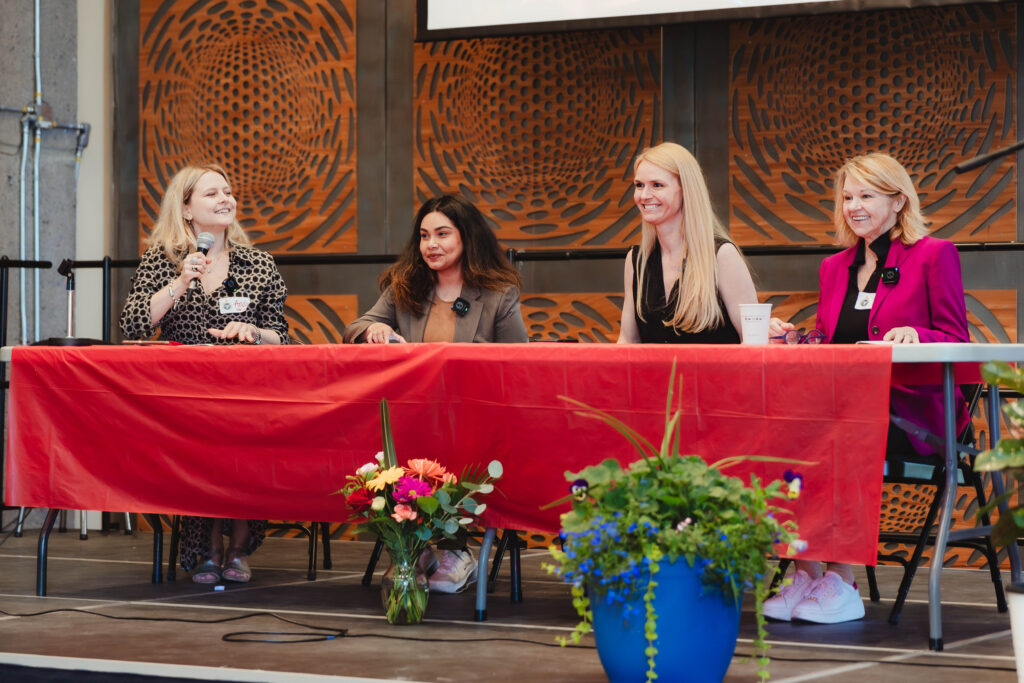
Instead of just developing another menstrual cup or pad, justice-oriented entrepreneurs–Leisa Hirtz, Marielle La Rue, and Sabiha Sultana–are asking (8; 9; 10; 11):
- Is this environmentally sustainable?
- Can low-income people actually afford it?
- Does it respect different cultural needs?
- Does it give users real choice and agency?
As one presenter put it, we need to move beyond “performative solutions”—changes that look good but don’t actually address root problems. This hits home for organizations like ours. Are we just putting band-aids on problems, or are we working toward real systemic change?
Many Paths, One Movement
What’s exciting about today’s menstrual justice movement is how many different approaches people are taking—and how they all support each other (12).
Personal storytelling helps break down shame and stigma. When people share their menstrual experiences, it creates space for others to do the same and builds understanding for policy change.
Academic research provides the evidence we need to advocate for better policies and funding. Researchers are documenting what many of us already know from experience—that current systems aren’t working for everyone (13).
Creative education reaches people in new ways. Zines, for example, use DIY culture to share menstrual health information in formats that feel accessible and youth-friendly, rather than clinical or preachy (14).
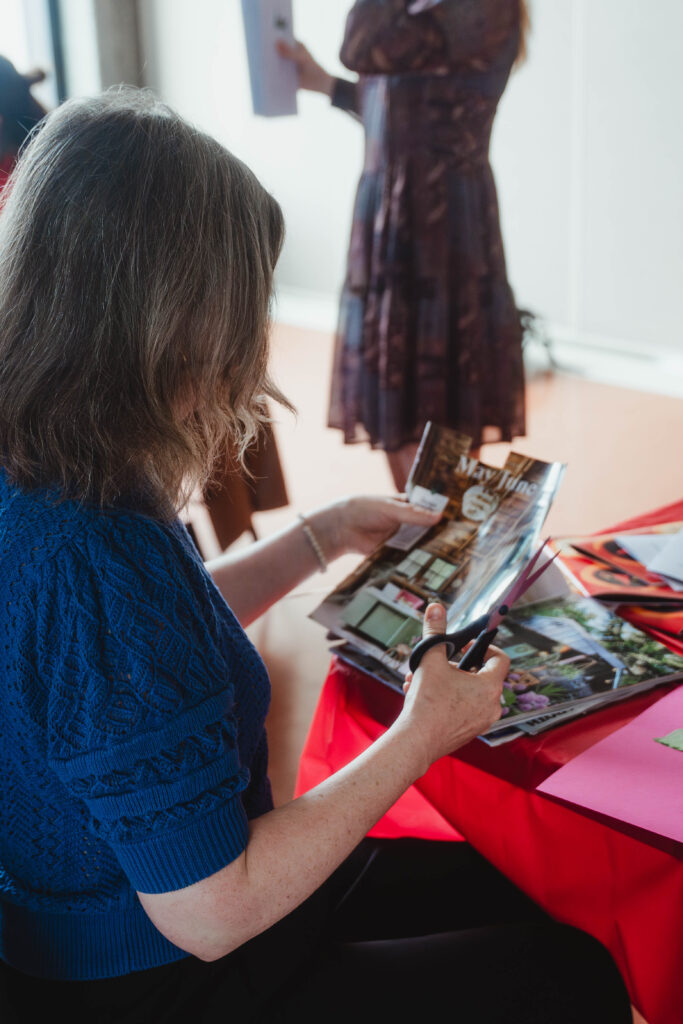
Policy advocacy works to change laws and institutional practices. Young activists are bringing lived experience directly to decision-makers, demanding accountability when policies fail to deliver real change (15).
The Challenges We Still Face
The conference was honest about ongoing tensions in the movement. Some key debates include:
- How do we engage with institutions to create change without letting them co-opt our message or water down our demands?
- Should we push for programs that serve everyone equally, or focus resources on the most marginalized communities first?
- While the movement has become more inclusive, we still need to do better at centering the voices of Indigenous peoples, immigrants, people experiencing houselessness, and others facing multiple barriers.
While these tensions don’t have simple solutions, naming them openly helps us navigate the path toward more equitable menstrual justice.
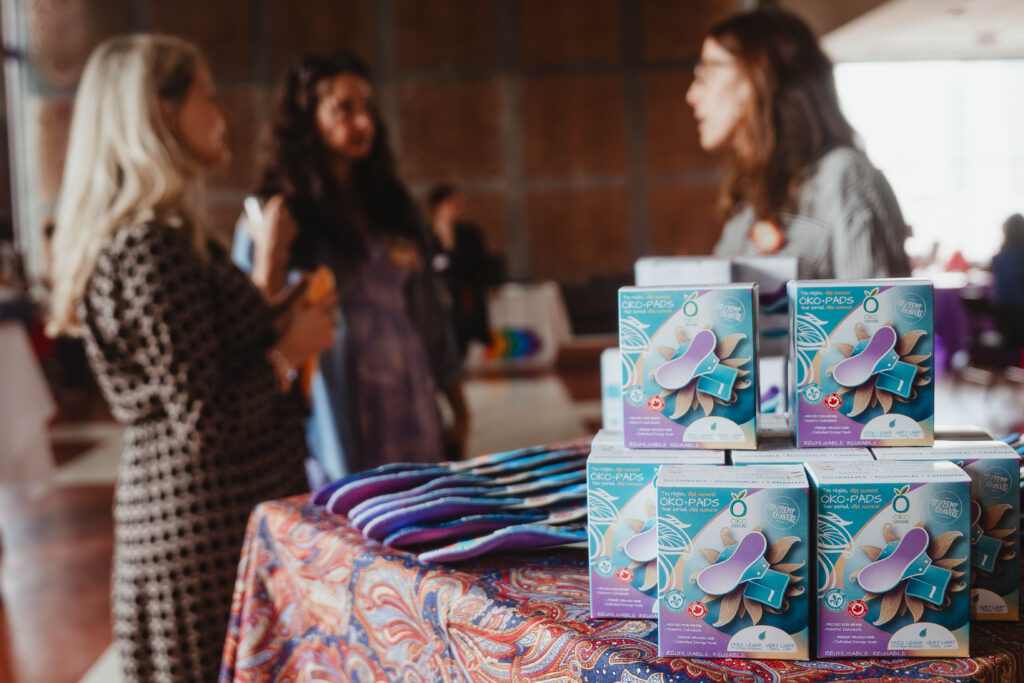
What This Means for Our Work
If you weren’t able to attend the symposium, here are some key insights that emerged from the day that can strengthen all of our work:
- Rather than retrofitting existing programs for marginalized communities, we should design with diverse needs in mind from the beginning.
- Menstrual equity connects to housing, healthcare, education, immigration status, and economic justice. Our advocacy needs to reflect these connections.
- There’s room for direct service, policy work, education, research, and cultural change. We don’t all have to do the same thing to be part of the same movement.
- The movement is evolving quickly. We need to stay connected to communities we serve and be willing to adapt our approaches based on what we learn
As Montreal’s menstrual equity landscape continues to grow, these lessons will help us work more effectively together toward systemic change.
Moving Forward Together
The “Periods on Campus” conference reminded us that menstrual equity isn’t just about periods—it’s about dignity, justice, and creating a world where everyone can participate fully in their communities regardless of their body or identity.
The path forward requires all of us—whether you’re volunteering with local organizations, advocating in your workplace or school, supporting policy changes, or simply talking openly about menstruation with friends and family. Every action contributes to a culture where all bodies are respected and supported.

